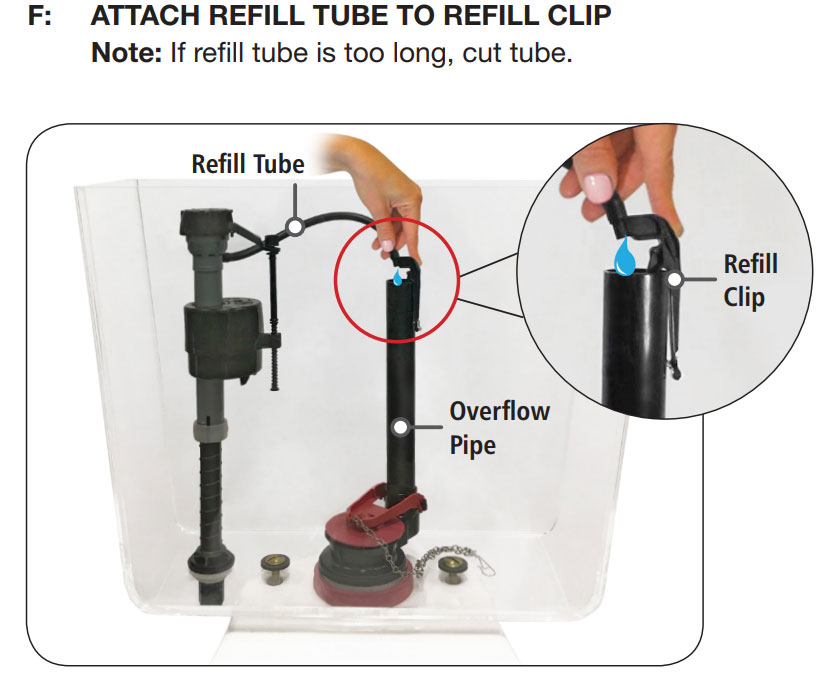Hi All,
Ooops, sorry, this should have gone in the Toilet Forum.
Our toilet tanks have a small hose that runs from the inlet to the overflow tube. I assumed that it was some kind of overflow, but it ain't. I had to replace the flapper and overflow unit and I could not get the plastic ring to fit over the new pipe so I just left it hanging while I tested it. I saw water flowing out of that little pipe during the flush.
Why is there a trickling stream of water running into the bowl for the entire flush cycle?
I have now removed it and pointed it into the tank so it is not wasted. I can't see how that little trickle could be any benefit at the end of the flush.
Can someone please explain why it is there?

Ooops, sorry, this should have gone in the Toilet Forum.
Our toilet tanks have a small hose that runs from the inlet to the overflow tube. I assumed that it was some kind of overflow, but it ain't. I had to replace the flapper and overflow unit and I could not get the plastic ring to fit over the new pipe so I just left it hanging while I tested it. I saw water flowing out of that little pipe during the flush.
Why is there a trickling stream of water running into the bowl for the entire flush cycle?
I have now removed it and pointed it into the tank so it is not wasted. I can't see how that little trickle could be any benefit at the end of the flush.
Can someone please explain why it is there?
Last edited:


